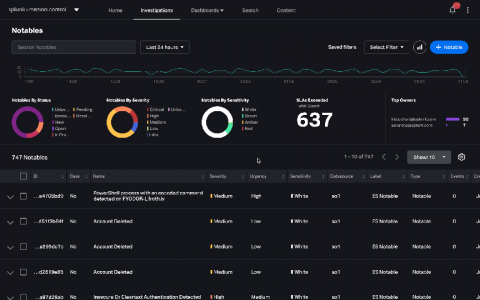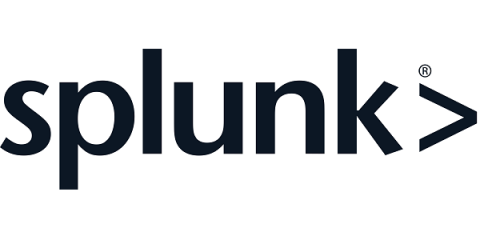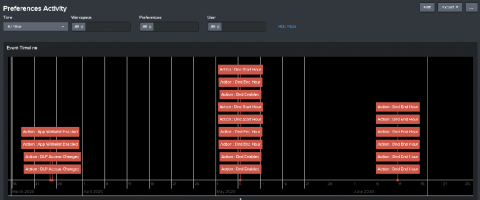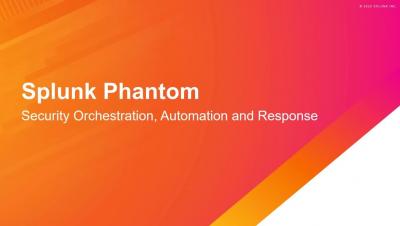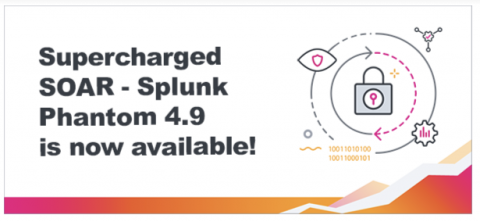A Unified Security Operations Platform: Splunk Mission Control
Security is easy, right? Get yourself a patchwork of security point products meant to solve one or two specific problems, and your organization is safe from threats! Ah, if only it were that simple… In reality, security operations are disjointed and complex. Security visibility and functionality (i.e. threat detection, investigation, containment and response capabilities) are often divided among a multitude of different security products (e.g.


